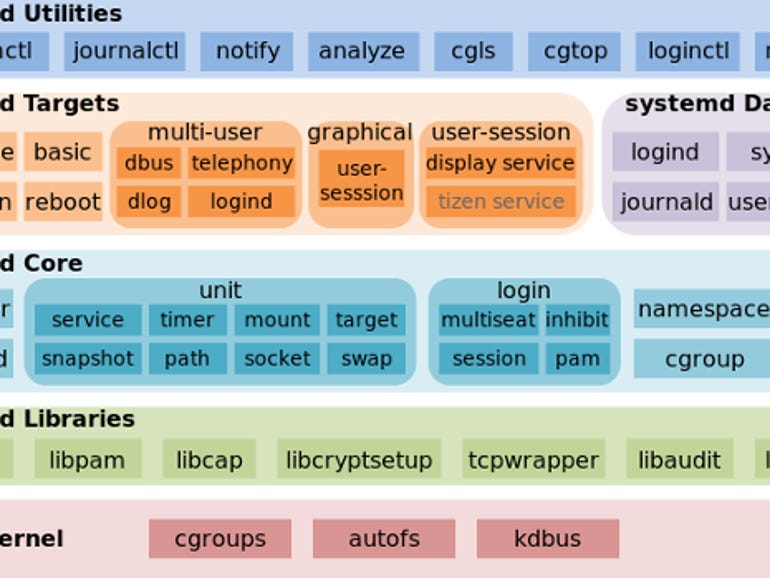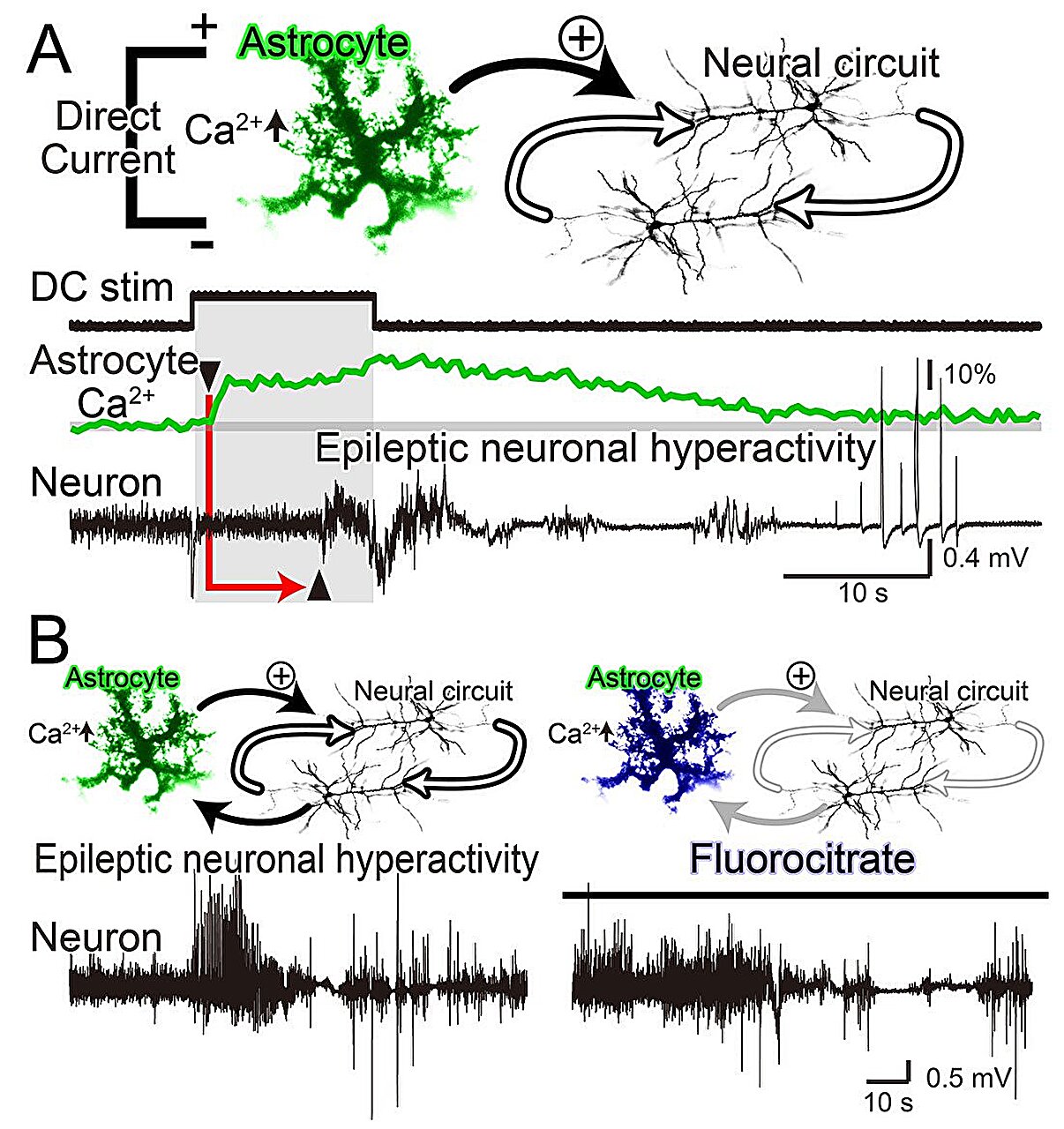On Blind Signatures for Untraceable Payments
In 1983, David Chaum conceived an anonymous cryptographic electronic money, believed to be the first cryptocurrency to ever exist. This cryptocurrency relied on the use of blind signatures, which were introduced in his paper as well.
In a nutshell, it is an automation of the way we pay for goods using payment systems like banknotes and coins. It also addresses some of its problems such as lack of control, privacy, and security.
Ability of individuals to provide proof of payment, or to determine the identity of the payee under exceptional circumstances.
In this article, I will expose the resources I used to understand blind signatures as well as give more explanations for the concepts.
To illustrate this blind signature cryptosystem, David Chaum uses an election example based on the use of carbon paper lined envelopes. These latter is built in a way that signing them from the outside leaves a copy of the signature on a slip of paper within the envelope.
5. He signs on the envelope containing the vote. But since it’s a carbon paper lined envelope, the signature will be also present on the vote. Thus, this is done without opening the envelope.

/cloudfront-us-east-2.images.arcpublishing.com/reuters/GZTQDVBU7JPOBJ73LAELU52K4Q.jpg)













